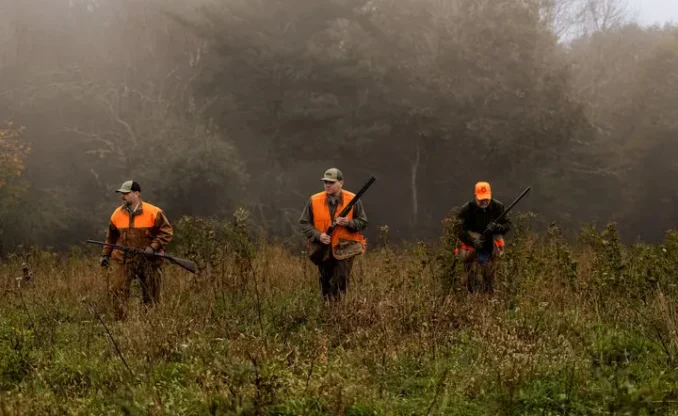West Virginia Division of Natural Resources biologists have installed a radio telemetry station at the Hanging Rock Raptor Observatory in Monroe County to study the movement of birds, butterflies and other migratory animal species.
The station is part of an international animal tracking network, called Motus, which means movement in Latin. The new station will help WVDNR biologists collect and share data that will be used to build a picture of where migratory animals are traveling.
“Our goal is to determine the spatial and migratory patterns of species of greatest conservation need that we track in our state wildlife action plan,” said Mack Frantz, a zoologist for the WVDNR.
The station utilizes radio telemetry technology that can detect the movement of radio-tagged animals 10 or more miles away, as well as local movements closer than one mile. Each tag sends out a unique individually identifiable pulse that can be interpreted by a computer, which means individual animals can be detected with precision.

“The antennas we installed can track a lot of cool things, such as movement patterns and where an animal is flying and how fast,” Mack said. ” We can know, down to the second, when a roosting bird decides to wake up and take flight.”
With the data collected at Hanging Rock and at hundreds of other stations in the Motus network, WVDNR biologists are hoping they can help determine local and regional movements of rare, threatened and sensitive species and see which habitats and landscapes are important for their survival. What biologists learn, Mack said, will also be used to aid collaborative conservation efforts of federal, state and other non-government agencies.
To learn more about the West Virginia Division of Natural Resource’s State Wildlife Action Plan, visit wvdnr.gov/Wildlife/Action_Plan.shtm.




